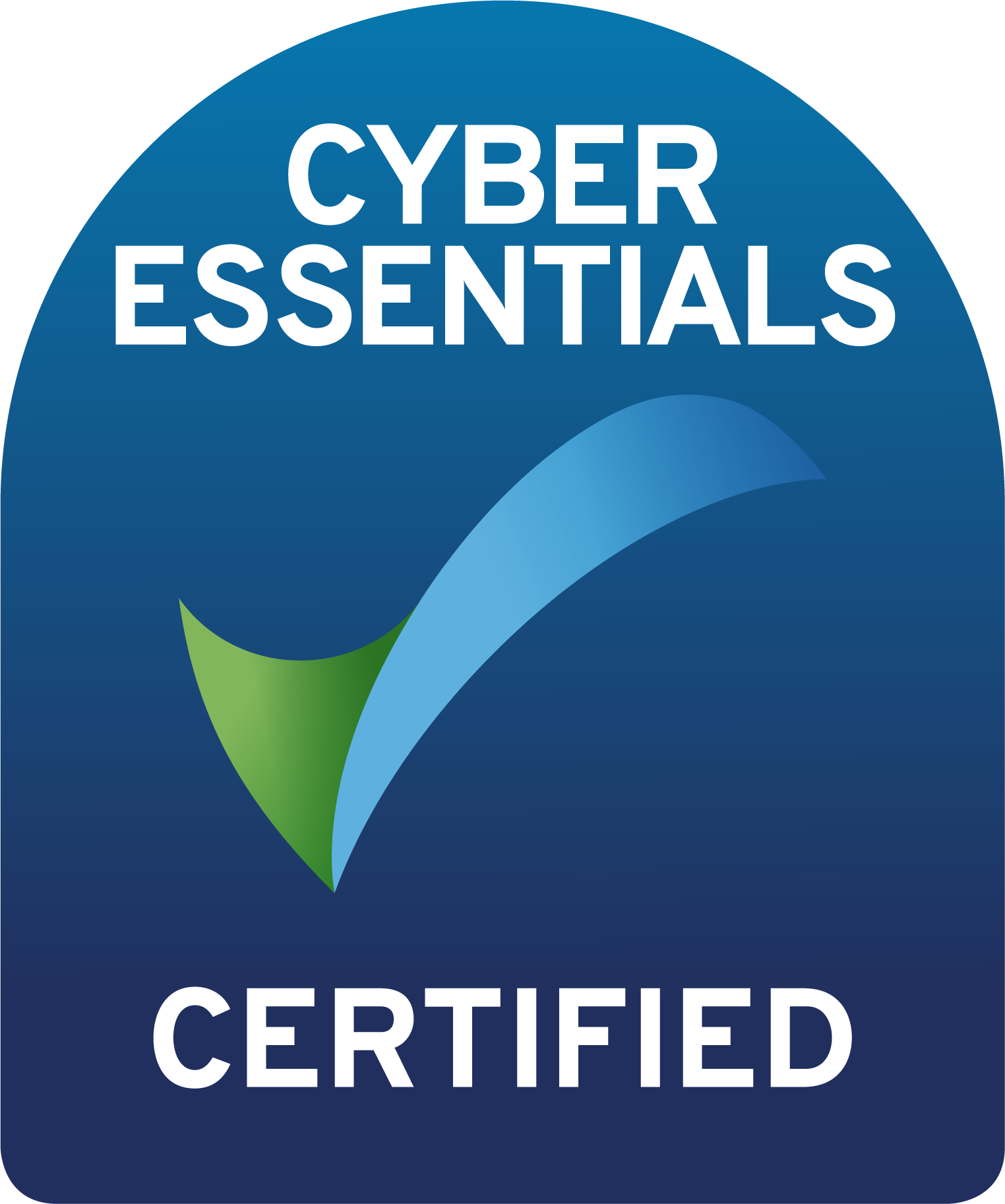You are recruiting a new business development manager. As the chosen candidate is coming to you from a competitor you have checked their contract of employment with the existing employer and are happy that the former employer missed a trick, and failed to put in place decent restrictive covenants, so there is nothing preventing you from employing the person however that individual is likely to bring with them contacts and customers. What do you need to be aware of?
Firstly, whilst there might not be any restrictive covenants in place the employee may well be bound by both express and implied confidentiality and other intellectual property protections as regards the old employer. For example, if they attempted to bring with them some kind of customer database that they had extracted from the employer’s system they may well be in breach of the Rights in Database Regulations 1997 even if the contract were silent on the matter.
Employees often don’t realise that a LinkedIn account set-up for them by an employer to progress business for that employer means the contact information contained in is likely to belong to the employer.
Equally where an employee has brought contacts with him or her at the outset of employment and they then engage with those contacts often the new employer can protect their interest in that customer connection if the employee subsequently leaves and keep those contacts as their information. Of course if there was some kind of agreement in advance over customers that have been bought in at the beginning that might be different.
But what about where somebody has just operated a LinkedIn account and just been adding contacts but not having dealings with them? The old employer is unlikely to be able to assert any proprietary interest in those contacts, not having any real influence over them. Where personal contacts and work contacts intermingle an employer is unlikely to be able to prevent an employee from remaining friends with someone. The employee is able to download from the old employer information which is personal and confidential to them such as the details of their doctor, banker, or legal adviser.
Where does this leave you in your contracting with your new employee? You will wish to put in place contractual provisions particularly addressing these issues. Your organisation should make sure that confidentiality provisions particularly address, databases, and things like Microsoft Outlook and LinkedIn and that computer use policies make it clear about ownership of any data; that the employee is not permitted to extract or remove any data from the system. You may even go further and state that upon termination of employment the employee will delete client’s, prospective clients and fellow employees from their social networking sites including Facebook, LinkedIn, Twitter or any others that they use. I’ve even seen clauses where employers require employees not to update their status on the sites for a period of six months after they leave employment so in particular for LinkedIn for example, they can’t be advertising the fact that they’ve moved to a new organisation.
These sorts of provisions are quite separate from the need to think about restrictive covenants to protect the organisation. I’m often surprised by the attitude I sometimes hear where people will voice an opinion that “restrictive covenants just aren’t worth having”. That’s simply not the case and I have many phone calls from employers who rue the day that they didn’t put in place adequate protections for their business. For me to review your provisions for you please do not hesitate to email me on adenton@refreshinglawltd.co.uk



